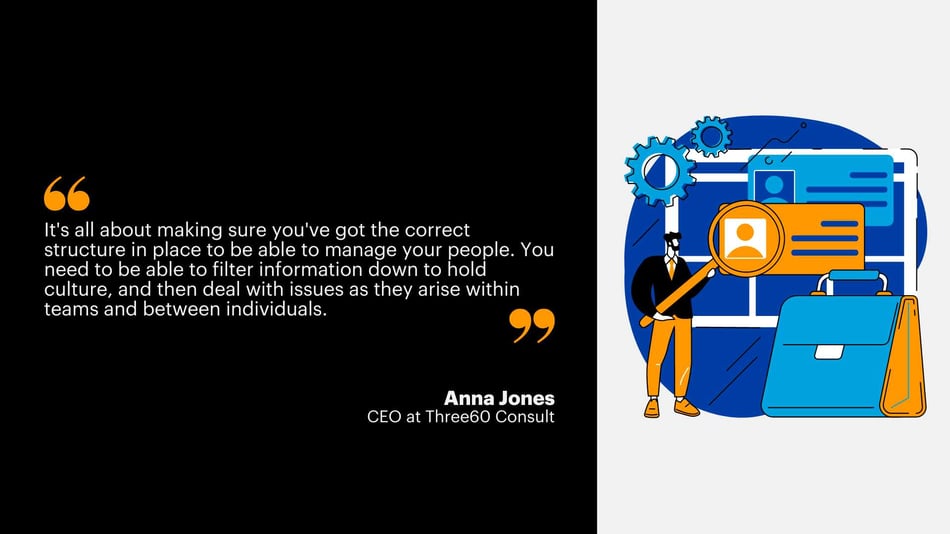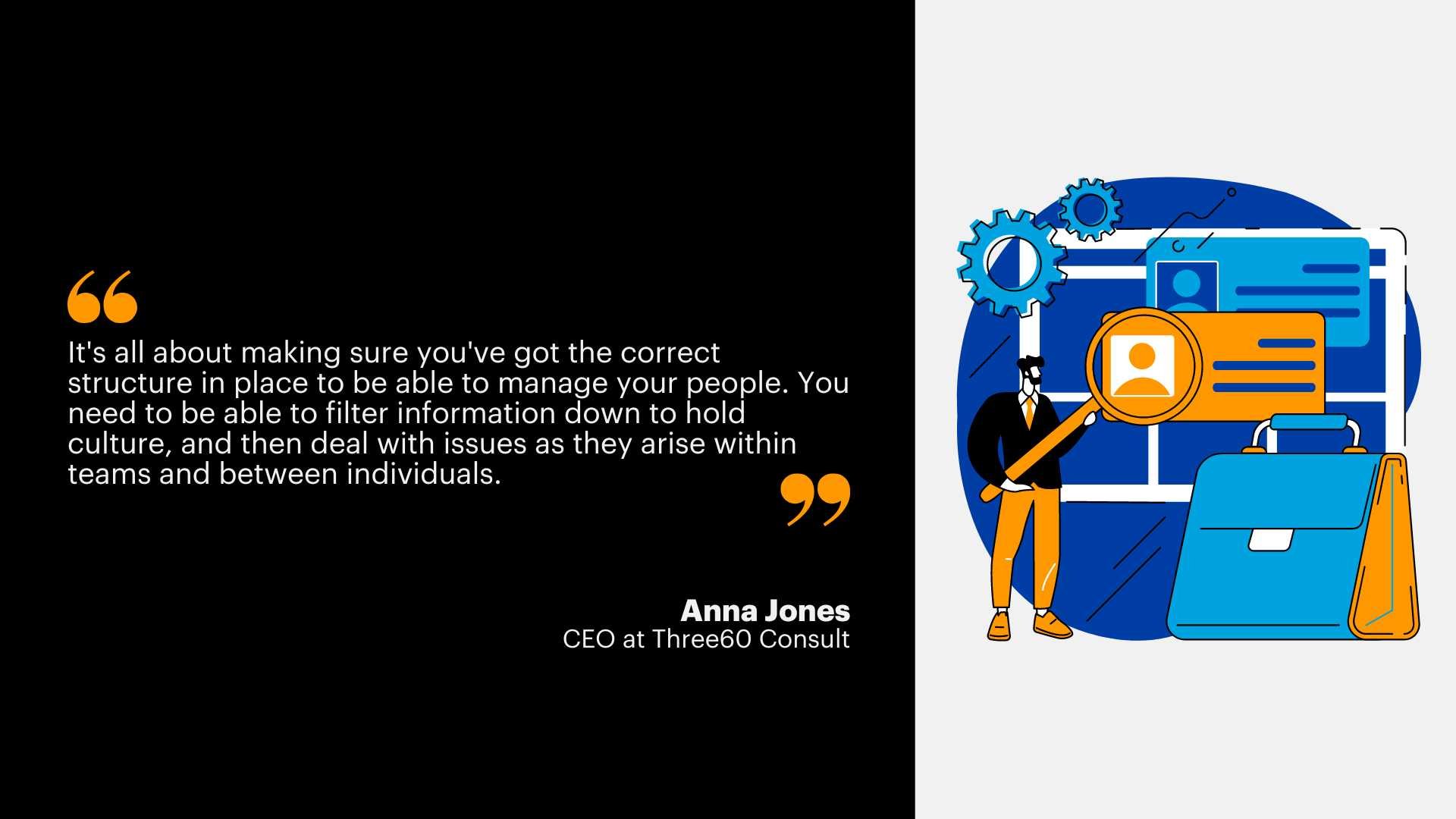Establishing best-practice HR for businesses with $3m+ turnover

As your business grows, so too does the need to establish a robust and resilient Human Resource (HR) department to support your people and its leaders.
Employing the right people who fit with your organisation is always the goal, starting from day one. It’s a reflection of your purpose, goals, your why, and how you want to do business and, as you build a like-minded team around you, naturally, you want the HR team to be a reflection of that and mirror those ideals and aspirations.

While having a highly-effective HR person or department who is in tune with you, the business, its strategy and your team sounds wonderful – there will inevitably be problems and challenges that arise. It is likely that as a business grows, the HR function becomes a vital cog in the wheel.
“Depending on the number of people in your team, you have different options,” explains Robyn Young, founder of RYHR an HR Consultancy and specialist HR coach and advisor for The Icehouse.
“A business of 10 to 20 people, for example, might choose to have an HR administration function to cover the essentials, and you might outsource to an HR consultancy to support the more technical and strategic aspects of HR.”
By the time a business is turning over more than $3million, the team could be up to as many as 30, 40 or 50 employees and, as a business evolves, so its people-needs change quite significantly.
So, what HR needs and issues are likely to come up as a business grows from a $3million+ business to say, a $10million+ business employing 60?
“I would suggest looking at the number of people in your team versus the revenue. The HR/people needs of a team of 20 versus 60 are very different. While growth requires some planning and forethought when it comes to resourcing, there are other people challenges that will likely surface,” says Robyn.
As the company grows, your team culture naturally evolves, and the ‘originals’ can sometimes struggle to adapt. This is where you need to be proactive and know where and how to manage the evolution carefully.
“When the wheels start to wobble due to business growth you can see things like; burnout – people have been operating at 150% for too long and it’s taken its toll, people turnover increasing – because the place “just isn’t the same anymore” and key people getting shoulder-tapped or resigning.
“The people systems will not be set up or able to keep up, especially in terms of performance and development. Recruitment pressure hits and you make bad hiring decisions. There might need to be organisation and job redesign to support business growth which can lead to restructures (no one’s favourite word) or, more significantly, your new people leaders are not overly experienced and start to struggle with managing teams day-to-day.”
“A business of 60 people or more will likely need HR support with knowledge across a number of areas (e.g. remuneration, employment issues, learning and development). Fabulous HR people are hard to find. If you are able to attract a great HR person who can manage the essentials, the gap will likely still be in the strategic/technical/employment law space. What we are seeing is more businesses using a hybrid model and getting the best of both worlds,” says Robyn.
“Generally, you'll start to need more policies to deal with scenarios that you might not have had previously,” says Anna Jones, CEO at Three60 Consult, the Auckland-based employment relations and conflict resolution specialist.
“Businesses scaling up at speed often get HR wrong. They get the speed wobbles and the HR side is an afterthought. That can be really expensive and trap them. Moving the dial on how you look after your people is probably going to pay dividends down the line.
“So it's all about making sure you've got the correct structure in place to be able to manage your people. You need to be able to filter information down to hold culture, and then deal with issues as they arise within teams and between individuals.”
What are the significant HR issues that are appearing in today’s workplace? Among the more unpredictable challenges arising in the $3million+ office is the blurring of lines between the personal and that professional space.
“People's expectation of what the employer’s obligation to them is, around the safety and workplace well-being, is changing in this post-Covid world. That idea that you leave your home life at home, you do your work, and then you go home back into the home life is not how it works anymore.
“We’re seeing more expectation on employers to understand the whole employee, their cultural background, their well-being needs and their sensitivities. All of these things are becoming really important to get good productivity,” says Anna.
Getting the basics right is the one thing businesses of all sizes can do to get their HR department moving in the right direction, says Jason Ennor, CEO at MyHR, partner of The Icehouse.
“Take care of the ‘hygiene’ factors like contracts (agreements), policies, onboarding, pay-rates and compliance. It sounds boring, but these are the things that set the foundation of a good employment relationship. It reduces risk and saves so much wasted time.
“From here, good leaders can take care of most of the culture and engagement initiatives by simply being good humans. Too often businesses skip the basics in favour of the flashy, but this rarely works. People need to trust their employer first and foremost.”
For information on programmes, workshops and business coaching services from The Icehouse, click here.
For more business ownership and leadership advice, check out more of our resources.
Icehouse Alumni? For exclusive content on Icehouse Central, register now.
.png?height=500&name=MicrosoftTeams-image%20(3).png)

